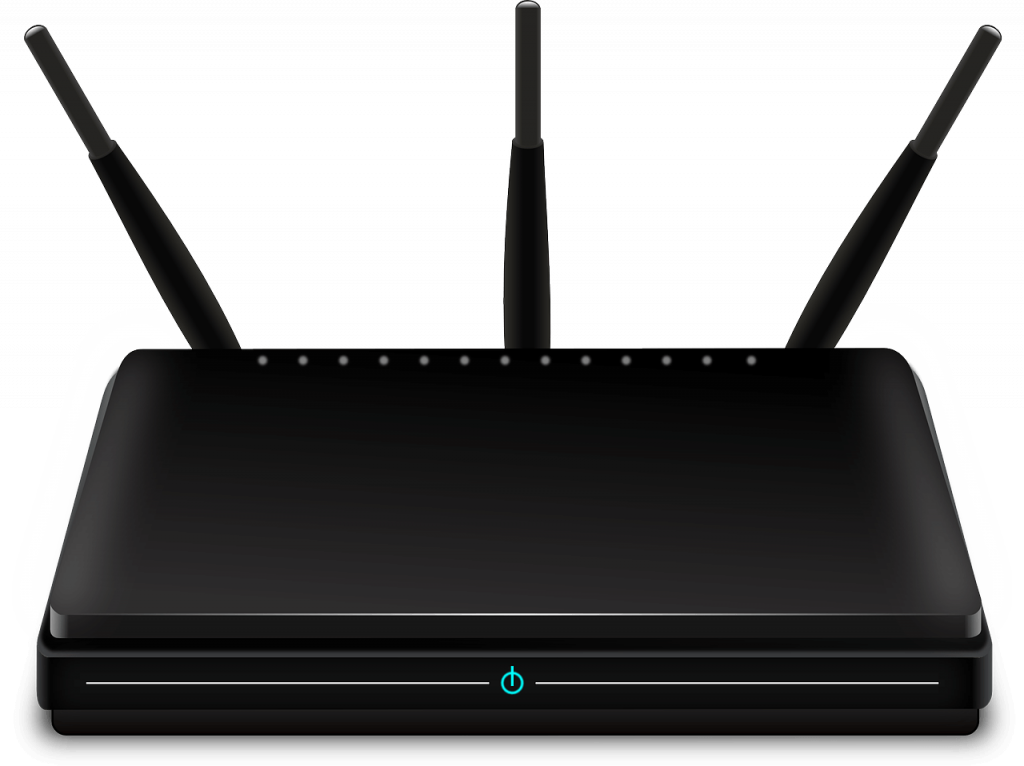Wireless networks are easy to install and use, making them quite popular among small businesses and startups. With regards to security, however, there are a few things that are not favorable. Wireless networks are significantly more vulnerable than wired networks, meaning you have to put more effort into keeping yourself safe from hackers and snoopers.
If communication within your organization is dependent on wireless networks, you can take steps to ensure the security of your data. Here are some of them:
1: Design your wireless ecosystem with the future in mind
Cybersecurity techniques and standards keep changing by the day, and staying proactive is the best way to protect your network. Consider building a wireless ecosystem that can accommodate future changes and upgrades even if it means seeking the help of infrastructure experts such as McKinstry Wireless. Scalable and sustainable systems not only keep your business braced up for the future but also ensure you don’t spend too much money on infrastructure installation all at once.
2: Use a strong network
All wireless routers come set with default authentication credentials, which you will need when installing and connecting your router for the first time. The default passwords are usually easy for hackers to guess, especially if you got the router from a known manufacturer. Make a point of changing them before putting your new system to use. A strong password should be long and made up of letters — both uppercase and lowercase — numbers and symbols.
3: Activate network encryption
Modern networks come with three encryption languages: WEP (Wireless Equivalent Privacy), WAP (Wi-Fi Protected Access), and WAP2 (Wi-Fi Protected Access 2). WAP2 is the most recommended language and has been the standard for Wi-Fi-certified products since 2006. Ensure you encrypt your business data with WAP2, at least until you buy a router with WAP3, which was announced in 2019.
4: Use a VPN
Virtual private networks (VPNs) are known to add an extra layer of security to an organization’s network. With a VPN, all your devices will send information through a central server, keeping your network invisible. It would also help if you asked your employees to install VPNs in any personal devices they use to access the business network.
5: Update your software
If you are using a wireless network, it means your business is software-based. Software is known to simplify work, but it also opens up your businesses to new data breach risks. Besides ensuring your applications come from reputable service providers, it is also worth ensuring you run the latest versions of your programs. Software updates come with patches for security issues in previous versions. Staying up to date with new releases reduces the risk of attacks significantly.
Endnote
Data breaches are behind the collapse of a great deal of small and medium businesses. Do not be a victim of this. Use the above tips to safeguard your business and perform your operations, knowing you are protected from hackers.
